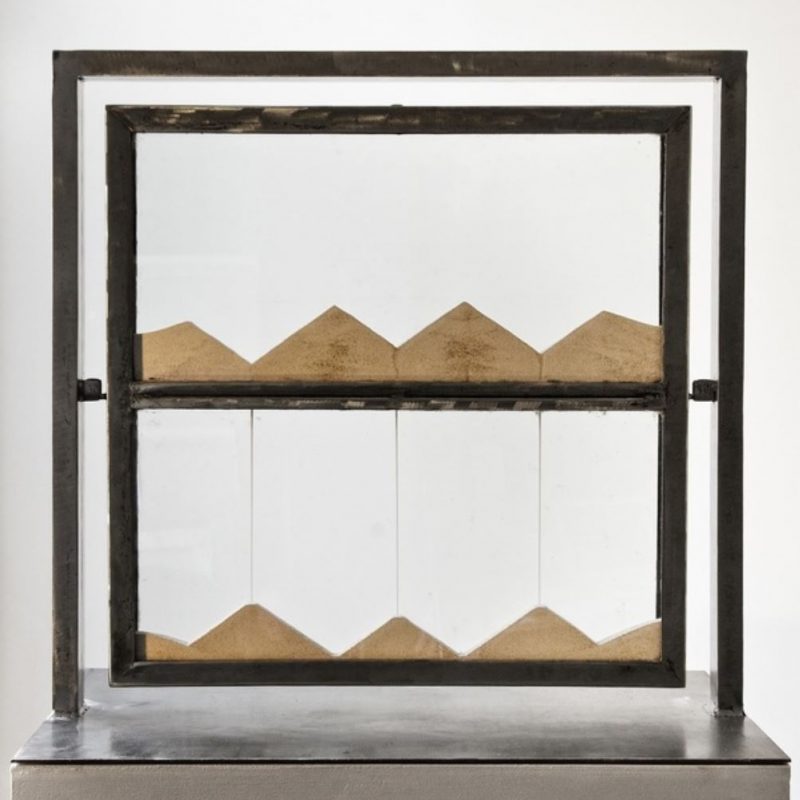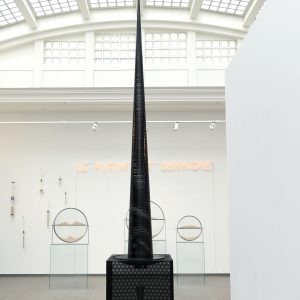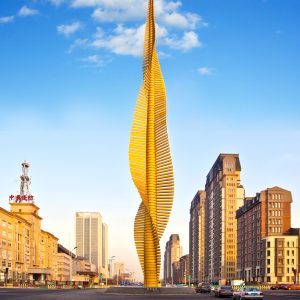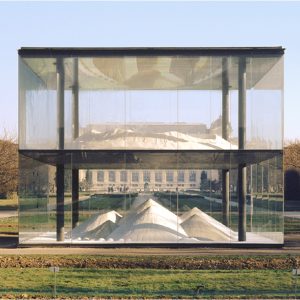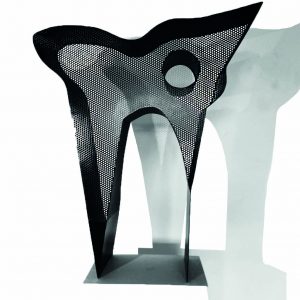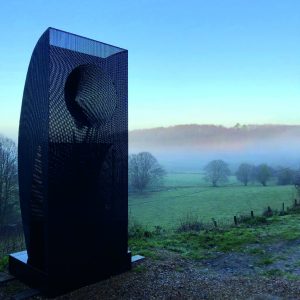Jean-Bernard Métais
NEWS
Exposition des Sculptures, solo exhibition until August 31 2024, Square Armand Steurs, Scharebeek-Brussels.
Born in 1954, Jean-Bernard Métais lives and works between France and China. A large part of the works of Jean-Bernard Métais are monumental sculptures, the result of public commissions or international competitions, from Europe to Asia. At the center of his creations is the articulation between sculpture and physics, often around matter and fluids: mainly the sand which refers to the time which passes since the origins of the world, and the light which combines the moment and the eternity. These qualities are concentrated in the wine, the tanks of which he has photographed since 1976, always keeping the same framing. These images which capture the transformation of matter, plunge us into physical magic, between infinitely small and infinitely large.
“What drives the research of Jean Bernard Métais is rather to invent objects that would have the capacity to incorporate energies into the work, thus making it possible to visualize the incessant metamorphoses of things. »
Jean de Loisy

